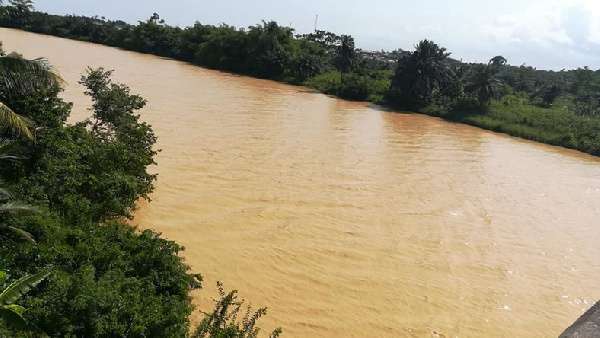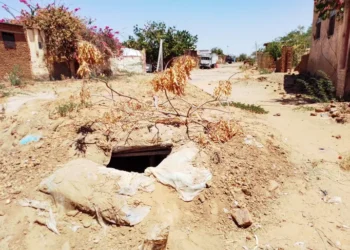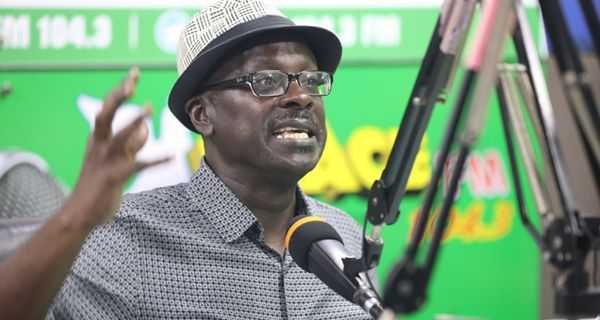Ghana is facing an increasingly dire situation with its rivers. The degradation of Ghana’s water bodies, particularly its major rivers, has been accelerating due to unchecked pollution from illegal mining (galamsey), industrial waste and poor management practices.
Rivers like the Pra, Birim, Densu, Tano, and Ankobra, along with their major tributaries, are under constant threat, compromising the health of citizens and the sustainability of communities relying on these rivers for drinking water, agriculture, and fishing.
Selorm Branttie, Vice President of IMANI Centre for Policy and Education, in an impassioned plea, outlined a comprehensive strategy to address the alarming issue.
He urged the key institutions, including the Ghana Standards Authority, the Council for Scientific and Industrial Research (CSIR), the Ghana Water Company, and the Ghana Water Resources Commission, to take immediate and coordinated action to safeguard the country’s vital water resources.
“It falls within the mandates of the organisations above. Standards Board is Ghana’s official institution for metrology, hence they do all the tests and have the standardised equipment. EPA is a good addition because of their role and mandate.
“The Water Resources Commission is supposed to safeguard all water resources and define strategic ways to keep them preserved, etc. CSIR because as the primary home of all scientific activity, they can do studies to state what the ramifications are clearly. They are the core ones because they will dictate strategy”.
Selorm Branttie, Vice President of IMANI Centre for Policy and Education
Selorm Branttie’s proposal offered a practical solution to monitor and address this issue, arguing that it can be achieved without reliance on external funding, such as from the World Bank.
A Bold Monitoring Framework
The IMANI Centre for Policy and Education Vice President’s vision is to introduce a weekly monitoring system that provides transparent, detailed information on the safety of Ghana’s rivers.
He pointed out that the system would list important water quality parameters, with key agencies listed above leading the charge in determining and publishing the critical parameters that indicate river water’s safety.
These parameters, he noted would include heavy metal content (measured in parts per million or parts per billion) with clearly defined safe thresholds, and turbidity levels, showing how clear or polluted the water is.

Others he indicated include the cost of treating river water per 10,000 gallons, giving Ghanaians a direct sense of how much pollution is impacting the economy and public health.
He also called for the development of a simple but effective visual safety chart ranging from blue for very safe water to red for highly toxic water, providing citizens with an easy-to-understand representation of the current state of their rivers.
“These should be done at vantage locations upriver and downriver from source to termination point. Let’s do a river-by-river and month-by-month comparison to see if our rivers are safer. They should be able to label which rivers are therefore fully safe, low risk, medium risk and high risk as a matrix”
Selorm Branttie, Vice President of IMANI Centre for Policy and Education
Advocacy and Action
Beyond these technical and regulatory bodies, Selorm Branttie suggested that major news portals and advocacy groups take the lead in educating the public and holding officials accountable.
With reliable scientific data in hand, these groups according to him can push for stronger policies and enforcement against polluters.
He also stated that the advocacy groups can also spotlight local authorities, including chiefs who have ownership over lands where river pollution occurs, and expose those who may be complicit in these activities.
He firmly believes that political will is the missing ingredient in the fight to protect Ghana’s rivers, warning that without it Ghanaians might as well know which rivers to avoid— a sobering admission that reflects the current state of inaction.
In his concluding remarks, Selorm Branttie pointedly noted that this initiative can and should be funded domestically, questioning why the government has not yet taken action.
“If we can sponsor a cathedral pit, surely we can sponsor a weekly assay of our polluted rivers without World Bank funding?” he declared.
It is important to state that the degradation of Ghana’s rivers is not an insurmountable challenge. Selorm Branttie’s proposal offers a clear, practical, and collaborative approach to tackling the crisis head-on.
By leveraging the expertise of Ghana’s scientific institutions, backed by robust advocacy, and supported by political will, the nation can restore its water bodies and ensure that future generations inherit rivers that are safe and sustainable.
READ ALSO: Biden Announces Surge In Security Assistance For Ukraine



















